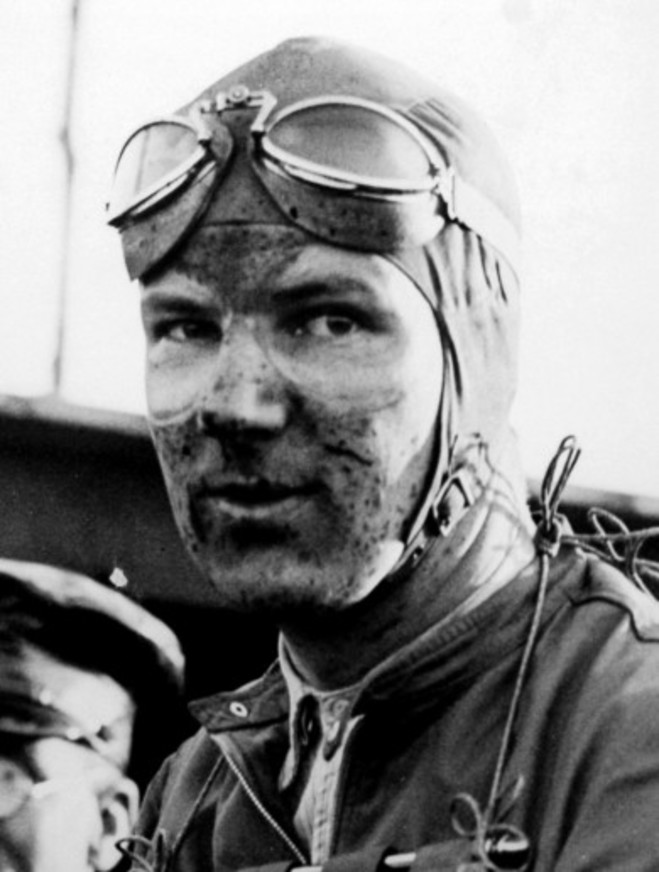THE FOLLOWING PASSAGE is an extract from A Race with Love and Death by Richard Williams.
He could see the umbrellas going up again in the grandstands as the rain fell harder, water sluicing across the track, in places forming inch-deep, foot-wide rivers, elsewhere creating a smooth surface as deceptive as ice. The Grand Prix was past the halfway point and he had made it through to the lead.
On a filthy afternoon in the Ardennes, the conditions were as treacherous as they had been when he made his first tentative steps into the sport eight years earlier, barely out of school uniform. But there had been no crowd to speak of on that sodden day in the Malvern Hills, no one to see the 18-year-old make a beginner’s mistake. There had been no team manager to offer guidance, no mechanics attending to his car, no young wife watching from the pits, and certainly no national prestige at stake.
No driver likes racing in the rain. Some good ones, champions in other circumstances, can’t cope with it. They ease back and wait for the day to be over. Others have a sensitivity that allows them to make the most of the challenge: a light touch on the steering and the throttle, and even greater delicacy on the brakes. In his early days he had made mistakes in the rain, but he had learnt from them and now he was regarded as one of those who possessed the special instinct.
Several of his rivals had already spun off the track and out of the race. His nearest challenger was 20 seconds adrift. He could afford to back off a little and reduce the risk as he sped along the tree-lined road, but that was not in his mind. He still needed to prove himself. His only thought was to press on in the gloom, peering through his visor for reference points – a farmhouse, a road sign, the end of a line of trees – and feeling his tyres search for grip on the wet asphalt. The rain mantling the hills and forests in this corner of Belgium was unlikely to lift in the final hour of the race. As he approached the end of the 20-second lap, with 13 to go to the chequered flag, it was all in his hands.
When Dick Seaman died while leading the Belgian Grand Prix that day in 1939, at the age of 26, he was on the brink of taking his place among a generation of British sporting heroes.
The others were not hard to identify. Fred Perry, the Stockport-born son of a cotton spinner, became the men’s singles champion at Wimbledon three years in a row, from 1934 to 1936, between the ages of 25 and 27. The Russian-born Prince Alexander Obolensky, whose father had been an officer in the Tsar’s Imperial Guard, was 19 when he ran three-quarters of the length of Twickenham one afternoon in 1936 to touch down for an unforgettable try in England’s first-ever rugby victory over New Zealand. In 1937 the 21-year-old Stanley Matthews, the wizard of the dribble, scored a hat-trick in England’s 5-4 defeat of the formidable Czechoslovaks at White Hart Lane. And in the Ashes series of 1938 the Yorkshire cricketer Len Hutton, aged 22, spent 13 hours compiling a record 364 runs against Australia at the Oval. Given another season or two, Seaman would surely have joined them.
And yet, five days after his death, the biggest wreath at his funeral came from Adolf Hitler, whose colours he had carried in races across three continents. When he crashed in his Mercedes-Benz, he was admired as the first British racing driver to join one of the two state-sponsored German teams that had established a total domination of the sport. He had emerged from a background of privilege and sophistication, but all his parents’ wealth would have been useless without talent and determination as he fought his way to the top.
As the mourners gathered in London, they were headed by the two women between whom he had been forced to choose barely six months earlier: his mother and his wife, united in grief but severed from each other in every other way. And many of those present were shocked by the arrival of the wreath from Berlin.
Like Dick’s half-hearted Hitler salute at the Nürburgring a year earlier, a reluctant response to the acclaim of a German crowd while surrounded by Nazi uniforms on the victory podium at the moment of his greatest triumph, it stained the reputation of a young man who had now lost the chance to explain himself.
Unlike a Hutton or a Matthews, he would have no opportunity to pick up the threads of his sporting career once the war was over. Or, more important, to show which side he was really on.
A Race with Love and Death by Richard Williams is published by Simon & Schuster UK. More info here.

